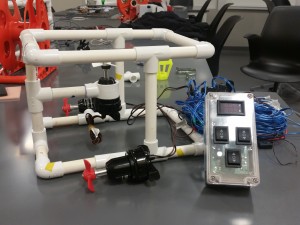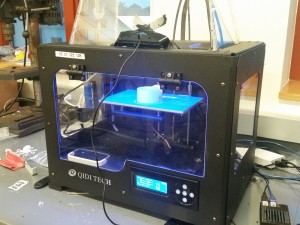I always thought I knew what place was. Place: a particular position or point in space. That’s all. Nothing more, nothing less. It wasn’t until this semester that I realized how wrong I was. Place is a part of who are as people. Place defines us in ways that I never knew how. In this class alone, my understanding of place was turned upside down.
Beginning with the neighborhood reflection turning to our spatial story, everyone’s place was defined and everyone’s was different from each other. Mine alone just showed how different I was from everyone. I never thought that the area I grew up, the places I went, the neighborhoods I called home would define me that much. Getting into Social Explorer also opened my eyes to the importance of place. Researching the neighborhoods of my high school and our brother school (both within 3 miles of each other) had different readings of ethnicity, poverty, education, and employment.
Place isn’t just for the person. Place is used in all areas of study. I never thought of how my majors had to do with place. I only saw computer science and mathematics as programming for websites or for solving equations. Before this class, I’d never imagine that programming could help in place. How wrong I was.
In the article Semantic enrichment of building data with volunteered geographic information to improve mappings of dwelling units and population by Carola Kunze and Robert Hecht, programs such as OpenStreetMap (OSM) are used to help gather data to “specify non-residential usage in residential buildings” (Kunze & Hecht 4). These programs help identify potentials and reveal limitations of integrating semantic OSM data for building evaluations. They helped introduce a different way to upgrade building plans based on the number of the population and housing. In Angelos Mimis, Antonis Revolis, and Marianthi Stamou’s article Property valuation with artificial neural network: the case of Athens, an artificial neural network (ANN) approach is used to examine property values, particularly Athens’ property values. This approach uses GIS to “enrich explanatory variables and model the spatial dimension of the problem” (Mimis, Rovolis, Stamou 127). The results of their findings are shown below.

What the results uncover is the non-linear relationships of the property value with respect to floor space and age. In Development of a spatial decision support system for flood risk management in Brazil that combines volunteered geographic information with wireless sensor networks by Flávio E. A. Horita, João Porto de Albuquerque, Lívia C. Degrossi, Eduardo M. Mendiondo, and Jó Ueyama, the programs Wireless Sensor Networks (WSN) and Volunteered Geographic Information (VGI) were used to provided effective flood risk management by building a conceptual model. The objective was to combine the best parts of the two programs into one program to present the combined information in a web-based decision support tool. The evidence gathered can support the combination of data from specific sources so it’s easier to gather that information. Through this, it was shown that the integration of the right data sources provides more “complete, accurate and updated information about the situation in the affected areas” (Horita, Degrossi, e.t. 91), building onto previous findings and making it better.
These articles are just three of the thousands I found of how computer programming can be helpful in the subject of place. These programs were created to make it easier for scientists, sociologists, psychologists, and everyone else to gather the information needed for them to make their hypotheses, theories, breakthroughs, etc. They no longer have to do things door-to-door to gather the information, it’s at their fingertips.
Works Cited
Horita, F. E., Albuquerque, J. P., Degrossi, L. C., Mendiondo, E. M., & Ueyama, J. (2015). Development of a spatial decision support system for flood risk management in Brazil that combines volunteered geographic information with wireless sensor networks. Computers & Geosciences, 80, 84-94. Retrieved February 19, 2016.
Kunze, C., & Hecht, R. (2015). Semantic enrichment of building data with volunteered geographic information to improve mappings of dwelling units and population. Computers, Environment and Urban Systems, 53, 4-18. Retrieved February 19, 2016.
Mimis, A., Rovolis, A., & Stamou, M. (2013). Property valuation with artificial neural network: The case of Athens. Journal of Property Research, 30(2), 128-143. Retrieved February 19, 2016.









